Do Ring Cameras Work Without WiFi? What You Should Know
When smart cameras first entered the market, one of their selling features was their great connectivity. With people now reliant on smartphones -- from getting news updates to looking up the weather forecast – being able to monitor their homes at the palm of their hands just seems fitting.
Gone are the days when CCTV footage can only be viewed on a desktop. With smart cameras connected to a reliable internet connection, homeowners are now able to view recordings through their phones, anytime, anywhere. Ring is one of the few to have perfected this formula.
While convenient, this reliance on wireless connection could make or break a home security system. However, some manufacturers do offer devices that can function even without a WiFi connection.
So, do Ring cameras work without WiFi?
Do Ring Cameras Require WiFi to Work?
The primary functionality of Ring devices relies on a stable WiFi connection. They use your home's wireless network to transmit video footage, receive commands from the Ring app, and communicate with other connected devices. Without a WiFi connection, the core features of Ring cameras may be compromised.
However, the Ring Video Doorbell Elite and the Stick Up Cam Elite operate solely on a wired Ethernet connection. These professional-grade cameras use Power Over Ethernet (PoE), enabling a standard Ethernet cable to simultaneously transmit both data and power to the device. To use this technology, you'll need a network switch or router that supports PoE, or a power injector to deliver the necessary power supply.
What Happens if Your Ring Device Goes Offline

Unlike other security cameras that give you the option of local storage, Ring camera devices only store videos on the cloud, which requires a stable and reliable WiFi network. This means your camera won't be able to record any footage without WiFi. However, if you have the Ring Alarm Pro and a Ring Protect Pro subscription, you can use the Ring Edge to save videos locally. Once you activate this on the Alarm base station and insert a MicroSD card for storage, any Ring security camera can use this feature.
Another important WiFi-reliant feature on both Ring doorbells and cameras is real-time notifications. Without WiFi, you won't be able to receive notifications from the Ring app, and you risk missing important events captured by your security cameras.
Most Ring Doorbell and camera models are compatible with 2.4GHz WiFi networks, with select models supporting the faster 5GHz networks. Ring devices use the 2.4GHz WiFi network due to its wider coverage, even though it offers lower speeds compared to the 5GHz WiFi connections.
Does the Ring Chime Ring if the WiFi Is Off?

The Ring Chime is designed to work with Ring Video Doorbells and Security Cameras. It is used to extend the ring notifications throughout your home by producing a sound when someone presses the Ring doorbell or when motion is detected.
If the WiFi is turned off, the Ring Chime will still ring and be heard only from the actual device, but it won't be able to connect to the Ring device, and therefore, it will not receive any notifications. The Ring Chime relies on a stable WiFi connection to receive signals from your Ring devices and provide alerts accordingly.
Do Ring Cameras Have Cellular Backup?

The Ring Protect Pro includes 3GB of free data, which is equivalent to approximately 300 Ring recordings. Should you need more data, you can buy extra for $3 per gigabyte.
Can Ring Camera Work With Hotspot?
Ring cameras require a stable WiFi connection to function properly. However, you can use a mobile hotspot if you don't have access to a stable internet connection. To do this:
-
Turn on the hotspot on your phone in the settings.
-
Link your Ring doorbell camera to the hotspot by pressing and holding its setup button until the light flashes. Then, log in to your Ring account and follow the on-screen steps to connect the camera to the hotspot.
-
Once the camera is connected to the hotspot, you can now configure its location, motion settings, and other Ring camera features.
While this method can be a solution for situations where a dedicated WiFi network is not available, it's important to consider a few factors:
-
Data Usage: Using a mobile hotspot for your Ring camera may consume a significant amount of data, especially if the camera captures a lot of video footage. Be aware of your mobile data plan limits to avoid potential additional costs or limitations.
-
Stability and Reliability: Mobile hotspots may not offer the same level of stability and reliability as dedicated WiFi networks. Factors such as signal strength and potential interruptions in the cellular data connection could affect the camera's performance.
-
Recommendation for WiFi: While a mobile hotspot can be a workaround, if possible, using a dedicated WiFi network is generally recommended for Ring cameras to ensure optimal performance and reliability.
Will Ring Cameras Recover Automatically When the WiFi Comes Back?
Ring cameras should generally resume normal operation automatically when the WiFi connection is restored. Once the WiFi is back online, the Ring camera will attempt to reconnect to the network and regain communication with the Ring servers.
When the WiFi connection is reestablished, the Ring camera will detect the network and attempt to reconnect. Ring devices are designed to automatically reconnect to the WiFi network after an interruption. Once the connection is restored, the camera will resume normal functionality. If there were any missed events or footage during the WiFi outage, the camera will sync with the Ring cloud when back online, uploading any previously recorded security footage that was stored locally during the downtime.
Fixing WiFi Connection Issues With Ring Security Cameras
If you've been having trouble with your Ring camera's WiFi connection, here are some troubleshooting steps you can follow:
Check the Internet Connection
Ensure that your home's internet connection is stable and operational. If possible, try accessing other online services to verify the overall connectivity.
Restart the Router and Camera
Power cycle both your WiFi router and the Ring camera. Turn off the devices, wait for a few seconds, and then power them back on. This simple step can often resolve connectivity issues by refreshing the network connection.
Reconnect the Camera to WiFi
Use the Ring app to navigate to the device settings and initiate the process of reconnecting the Ring camera to your WiFi network. Follow the app's instructions to ensure a proper and secure reconnection.
Update Camera Firmware
Regularly check for firmware updates for your Ring camera. Updating the camera's firmware ensures that it has the latest features, bug fixes, and security enhancements. Consult the Ring app or website for instructions on updating the device firmware.
Check for Voltage Issues
Some Ring cameras may experience connectivity problems if they are not receiving sufficient power. Verify that the camera is properly wired or charged and that there are no issues with the power source.
How to Strengthen Your WiFi Connection
To enhance the performance of your Ring cameras and reduce the likelihood of WiFi-related issues, consider the following tips:
-
Optimal Router Placement: Place your WiFi router in a central location within your home to ensure even coverage and reduce signal interference.
-
Use a WiFi Extender: If certain areas of your home have weak WiFi signals, consider using a WiFi extender to boost coverage.

-
Upgrade Your Internet Plan: A higher-speed internet plan can provide more bandwidth for your smart home devices, including Ring cameras.
-
Secure Your Network: Create strong passwords and turn on WPA3 encryption to keep your WiFi network safe from unauthorized users.
-
Limit Connected Devices: Reduce the number of connected devices on your WiFi network to allocate more bandwidth for essential devices like Ring cameras.
What Security Cameras Work Without Wi Fi?
There are wireless security cameras designed to operate without internet connectivity, including closed-circuit TV (CCTV) cameras, analog cameras, and IP security cameras. However, these solutions are typically better suited for businesses or government entities due to their complexity and higher costs, making them less practical for typical home security camera users.
If you're looking for user-friendly smart home security cameras that do not entirely rely on WiFi, here are some alternatives for you:
-
Arlo Go 2: The Arlo Go 2 allows you to connect via LTE or Wi Fi network. It features 1080p high-definition video quality, two-way audio, and color night vision. Operating on batteries, it also offers an optional solar panel for extended usage and is compatible with T-Mobile, U.S. Cellular, and Verizon data plans.

-
Reolink Go PT Plus: The Reolink Go PT Plus offers connectivity through an LTE cellular data plan (sold separately) or WiFi. It features a 2K 4MP resolution with intelligent detection capabilities. The camera's 355-degree pan and 140-degree tilt provide comprehensive coverage, and it operates on batteries with an option for a solar panel. It is compatible with T-Mobile prepaid data plans.

-
Eufy 4G LTE Starlight: The Eufy 4G LTE Starlight offers connectivity through an LTE cellular data plan (sold separately) or WiFi. It features 2K HD resolution with Starlight Night Vision for enhanced nighttime visibility as well as intelligent detection capabilities. It is compatible with AT&T data plans and the EIOTCLUB "plug and play" prepaid SIM card, which provides 100MB of free data.

FAQ
What type of WiFi connection is required for Ring cameras?
Ring cameras require a stable and high-speed WiFi connection. For optimal performance, use a WiFi network with a minimum upload and download speed of 2 Mbps.
Can Ring cameras record on SD cards?
No, Ring cameras do not have built-in support for SD card storage. These devices rely on cloud storage for recorded footage, which is accessible through the Ring app. However, if you have the Ring Alarm Pro and a Ring Protect Pro subscription, you can use the Ring Edge to save videos locally through a microSD card.
Does Ring Stick-Up Cam need WiFi?
Yes, Ring Stick-Up Cam requires a WiFi connection to function. The camera relies on WiFi for live streaming, motion alerts, and remote access through the Ring app. However, the professional-grade Ring Stick Up Cam Elite uses Power Over Ethernet (PoE) to operate.
Does Ring Floodlight Cam need WiFi?
Yes, Ring Floodlight Cam also requires a stable Wi Fi connection for its core functionalities. WiFi is essential for live view, motion detection, and communication with the Ring app.
Does Ring use a lot of WiFi?
The amount of WiFi bandwidth used by Ring cameras depends on factors such as video quality settings, motion detection sensitivity, and the frequency of live streaming. While Ring devices are designed to be efficient, users may experience increased WiFi usage with higher-resolution video settings.
Does the Ring Video Doorbell Work Without WiFi?
No, Ring Doorbell cameras require a continuous WiFi connection to function. Without WiFi, the doorbell will not be able to transmit live video, send alerts, or allow remote access through the Ring app.
Elevate your Ring camera experience with Wasserstein's lineup of Ring accessories, including mounts, solar panels, and more!


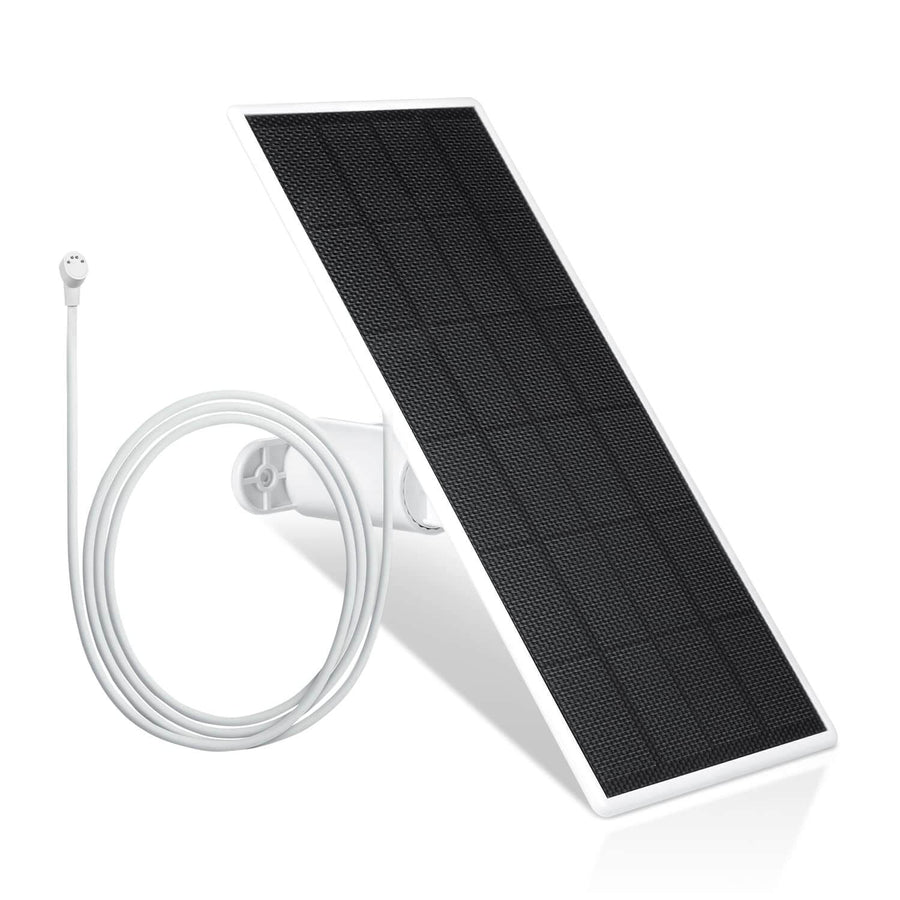
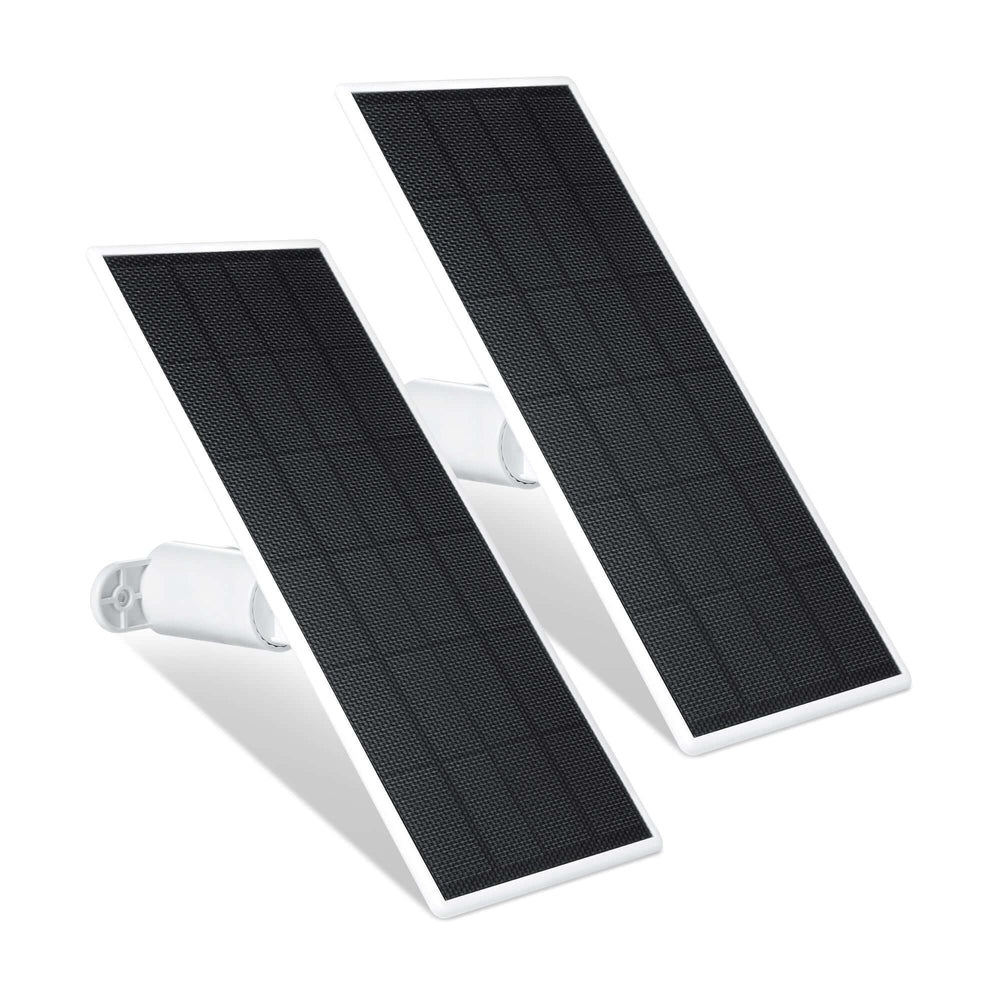
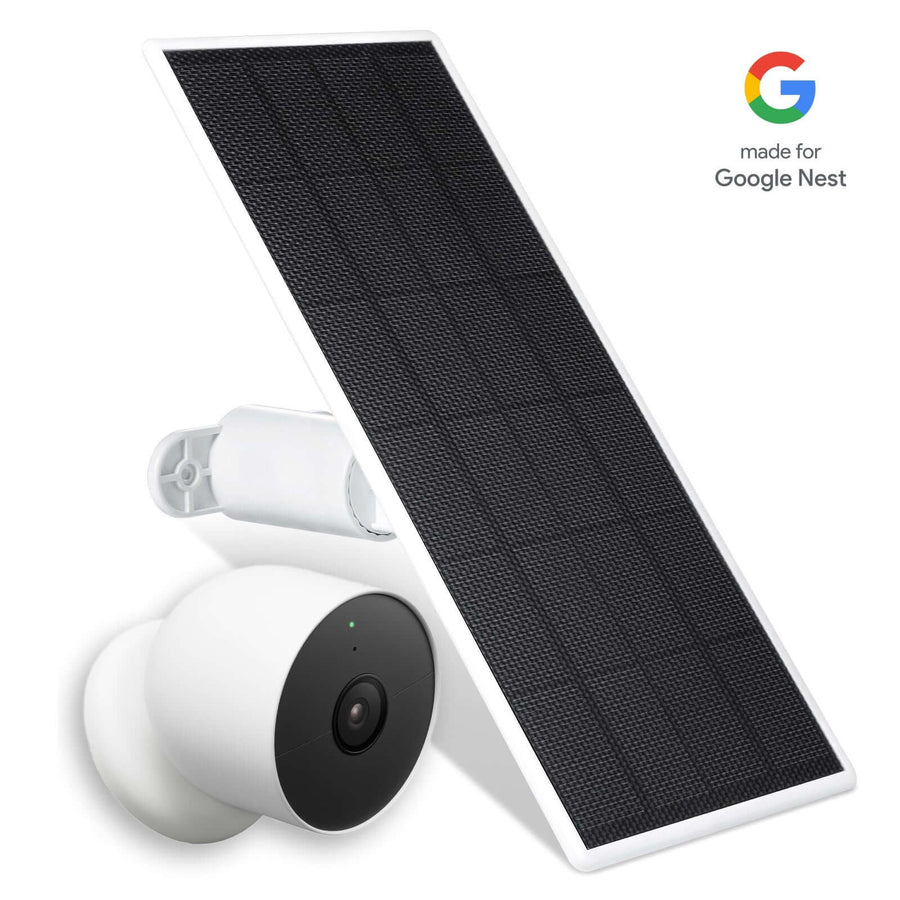
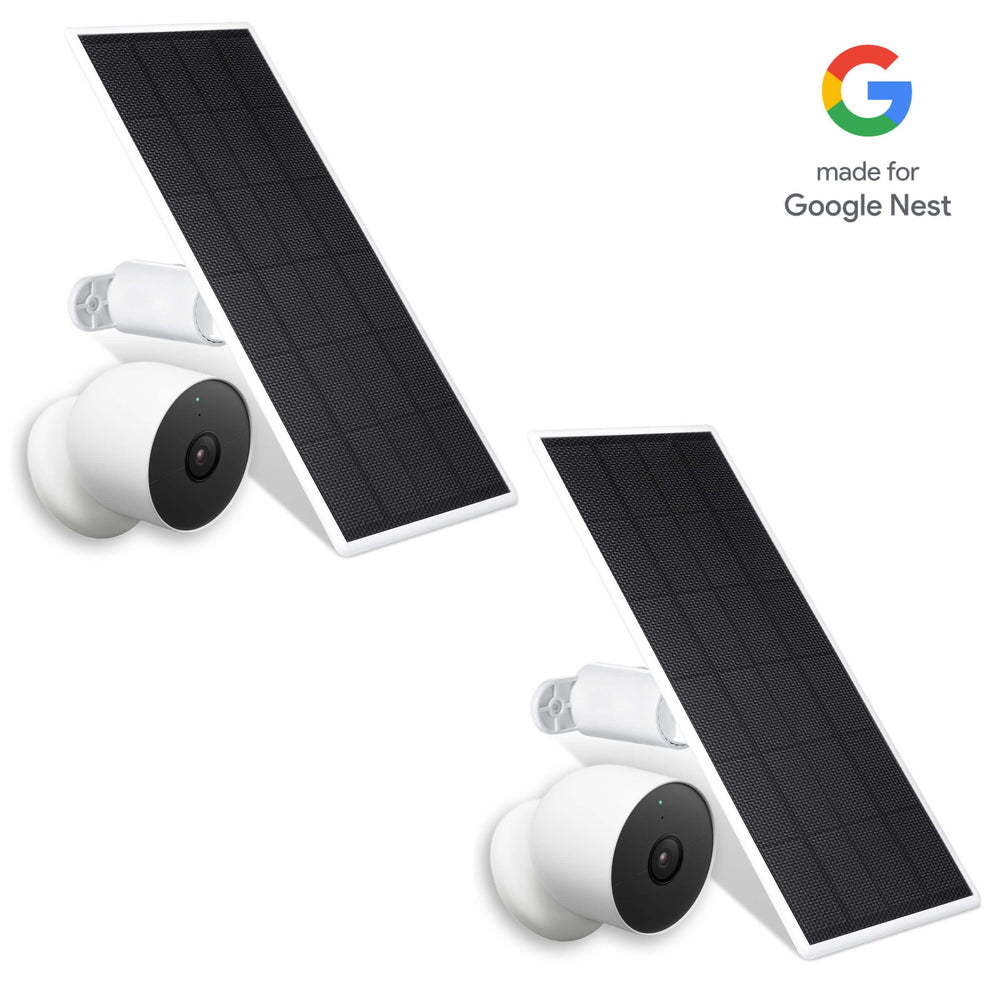
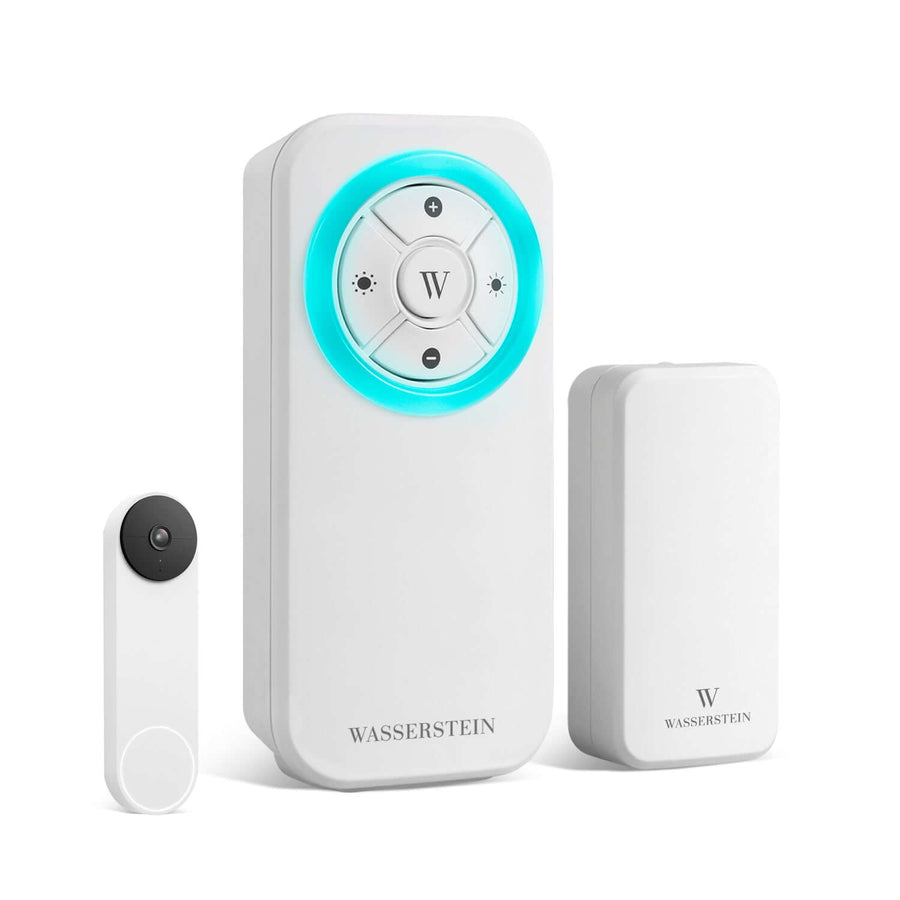
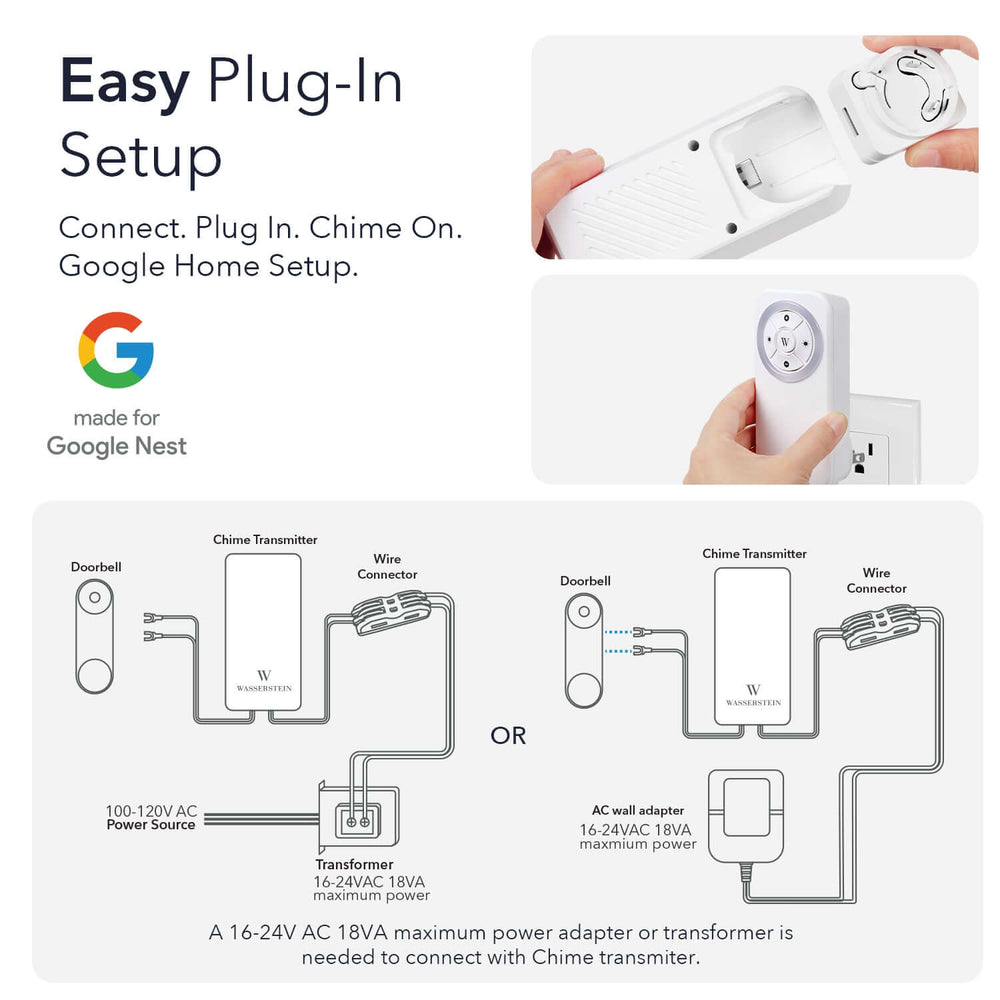
Leave a comment